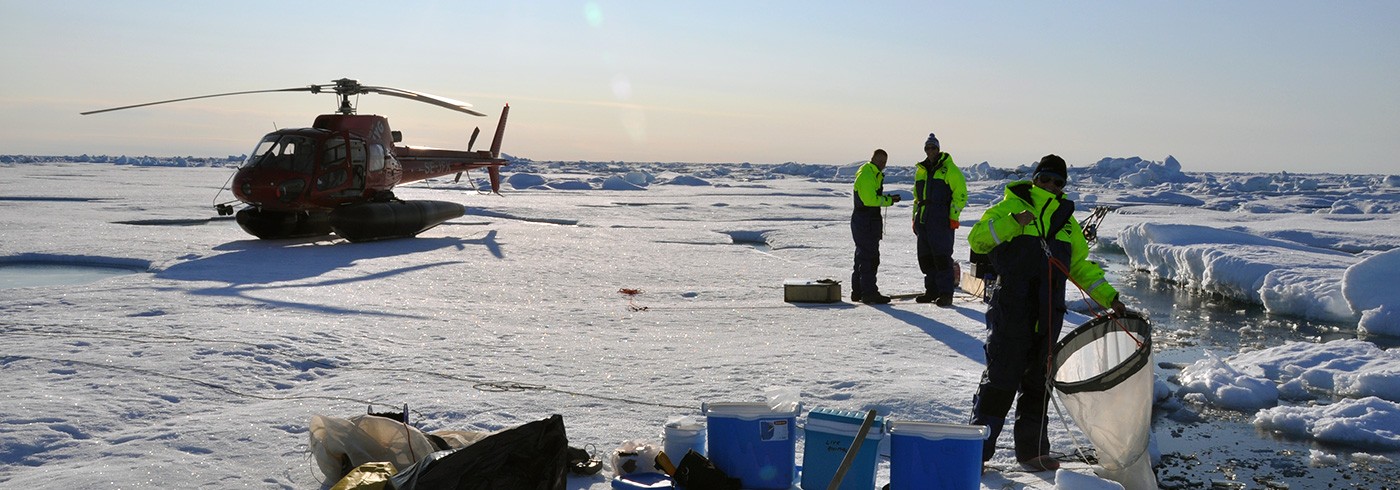Microbes in Arctic sea ice: who are they and what are they doing?
31 July 2012 - 14 July 2012Very little is known about the microbial communities that dominate the Arctic sea ice habitat. They live in brackish water channels inside the sea ice and regulate nutrient fluxes to the marine food web beneath the ice and also, indirectly, to mammals and birds living on the ice. Through their diverse modes of metabolism, ice-associated microbes also produce greenhouse gases. In this project, we study the diversity of these microbial communities and their roles in global biogeochemical cycles.
Changes in global climate affect us all. Predictions of how the climate is likely to change conditions for life are important for societal planning and for preventing worst-case scenarios. To make prudent decisions, politicians need strong arguments based on peer-reviewed scientific results. This project will help meet this need by enabling predictions of which polar marine ecosystem functions are likely to change when open water replaces ice-covered ocean. Biogeochemistry shaped by microbes may change in unexpected ways when the ice disappears.
We participated in a cruise on the icebreaker Oden from Svalbard to the North Pole and back. We took water samples from 24 sea ice stations, which we reached by helicopter. Altogether we collected 6,000 litres of water from inside and under the ice. Back onboard Oden, the water was immediately filtered or first incubated in various experiments with stable isotopes of nitrogen and carbon and then filtered. The microbial communities on the filters were stored at –80°C.

Peter Sylvander with the handpump that was used to collect samples. Photo: Pauline Snoeijs Leijonmalm
The samples are being further analysed in six laboratories in Sweden, Chile, the USA, Germany, and Spain in 2013 and 2014. Nutrients and other compounds in the microbial communities are being measured, community composition is being examined by means of pigment and 16S and 18S rRNA gene analyses, and the potential and realized metabolic activities of the ice microbes are being measured via metagenomics, gene expression (RNA), and the uptake of carbon and nitrogen during the onboard incubation experiments.
The results will be published as research papers in international scientific journals, while the public will be reached via popular science papers and TV programmes.










